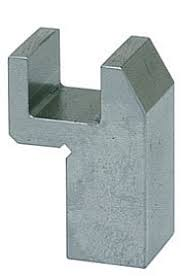- Joined
- Jun 26, 2018
- Messages
- 1,733
I would love to know how this even works! I can't wrap my head around it, can you send some light?From where I was instructed by and old Journeyman machinist the youtube video above leaves a whole lot to be desired.
View attachment 308081
In my experience of running Jig Bores, Jig Grinders and CNC machines the chair pictured above is the most accurate and most efficient way to pick up the edge of any part. It is also the most economical for if you are really $$ wise you can make your own!


